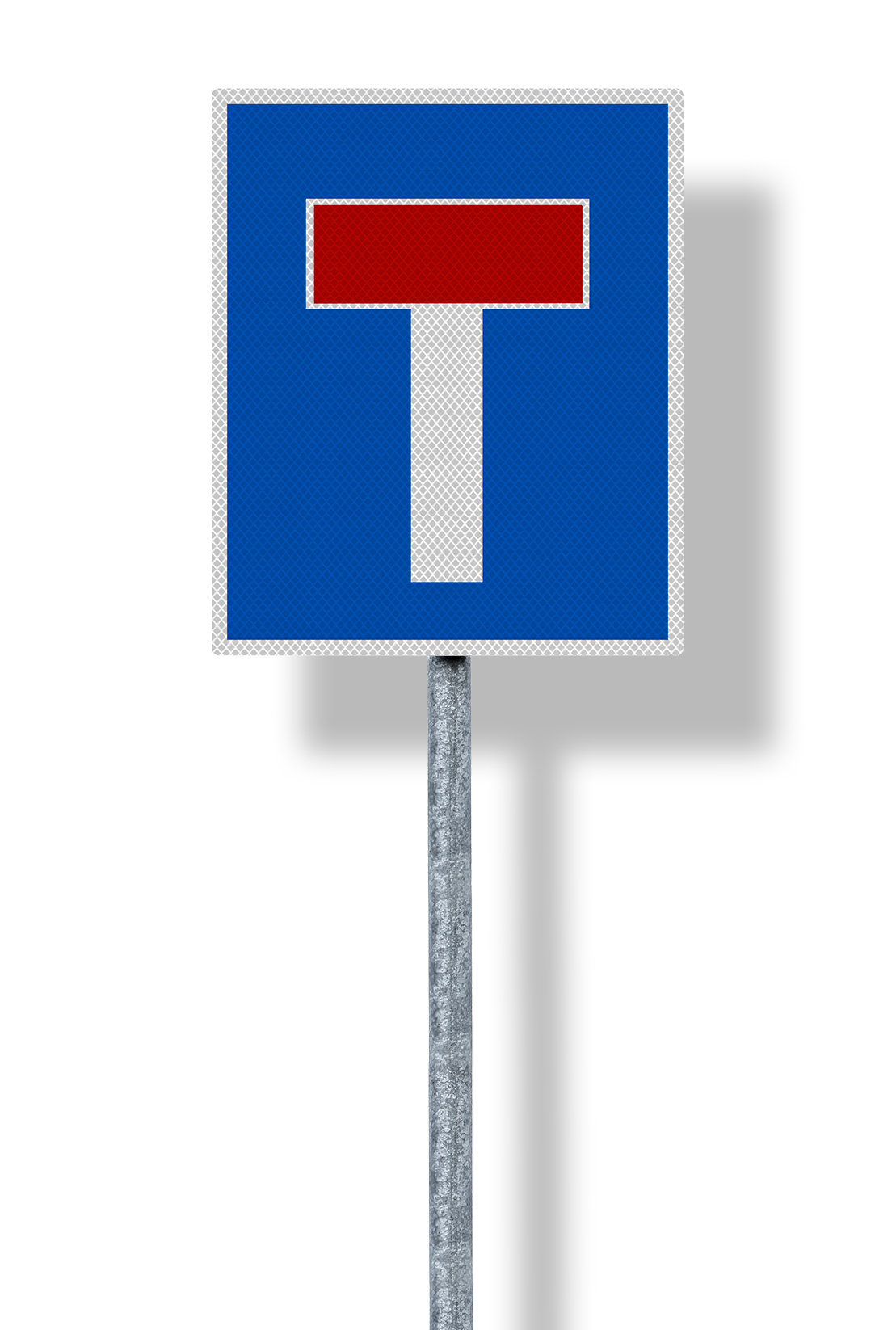404
Oops, it looks like we've reached a dead end! This page may have been moved or deleted. Please check that you have typed the web address correctly or use the buttons below to continue your journey.

Oops, it looks like we've reached a dead end! This page may have been moved or deleted. Please check that you have typed the web address correctly or use the buttons below to continue your journey.
